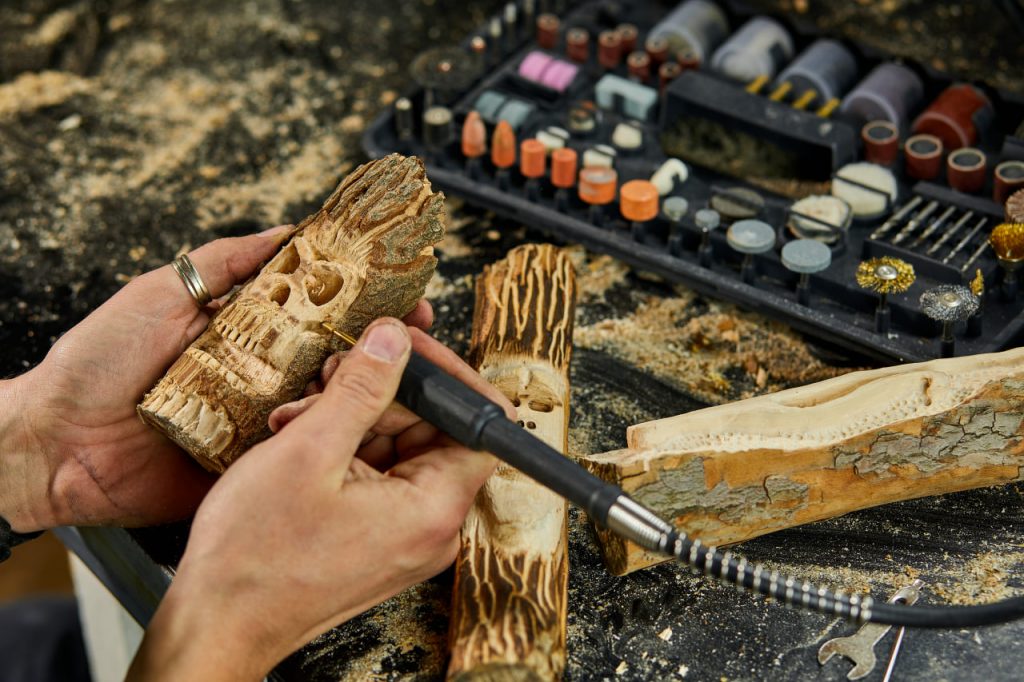Woodcarving is a versatile craft with a rich history, offering a variety of styles that range from traditional to modern. Each style has its own unique charm and aesthetic, and learning about these different approaches can help you find your personal style as you progress in your carving journey. In this article, we’ll explore the most popular woodcarving styles and techniques, giving you insight into their history and how you can incorporate them into your own work.
Traditional Woodcarving Styles
Traditional woodcarving is deeply rooted in various cultural and historical practices. Some of the most well-known styles include:
- Relief Carving: Relief carving involves creating designs that are raised from the background surface. It can range from low-relief to high-relief, depending on the depth of the carving. This style is common in architectural woodwork and decorative items.
- Chip Carving: Chip carving involves removing small chips of wood to create intricate geometric or floral patterns. This style is often used for decorative boxes, plates, and other small items, typically in folk art traditions.
- Figurative Carving: Figurative carving focuses on creating lifelike figures, often depicting people, animals, or scenes from nature. This style requires a high level of skill and attention to detail to accurately capture human or animal forms.
Modern and Contemporary Styles
As woodcarving has evolved, so have the techniques and aesthetics associated with it. In modern woodcarving, artists blend traditional techniques with innovative approaches to create new, striking works of art. Some examples include:
- Abstract Carving: Abstract woodcarving focuses on shapes, textures, and forms that don’t represent recognizable objects. It’s all about the expression of the wood’s natural beauty and the artist’s creativity.
- Whimsical Carving: This style embraces fun, quirky, and imaginative designs. Artists often create carvings that feature exaggerated features or playful elements, such as caricatures, whimsical animals, or dreamlike creatures.
- Sculptural Carving: Sculptural woodcarving allows for the creation of three-dimensional sculptures. These pieces often feature highly detailed textures and intricate designs, and may serve as standalone pieces of art or as part of larger installations.
Finding Your Style
While exploring the different woodcarving styles, you might find yourself gravitating toward one over the others. However, it’s important to remember that your style can evolve over time. Don’t be afraid to experiment with different techniques and influences to discover what resonates with you.
Whether you’re drawn to traditional or modern styles, woodcarving offers endless possibilities for creativity. As you continue to practice and refine your skills, you’ll develop your own unique approach that blends technique, style, and personal expression.
Happy carving, and enjoy the journey of discovering your artistic voice through wood!

